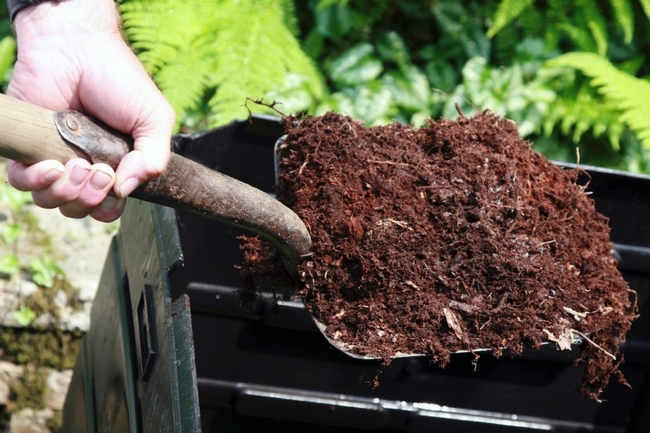
Defining waste is tricky, but you could think of it the same way as weeds, which are basically plants where you don't want them; like weed management, reducing garden waste comes down to re-thinking and altering your cultural practices:
Plan ahead: Shopping at a nursery without a plan is like going to the grocery store hungry; impulse buys are inevitable! Measure your space, research climate-appropriate plants, and call nurseries for availability. Try to favor evergreen (non-deciduous) species, limit herbaceous perennials and annuals, and provide all plants adequate space for their natural size and shape. Constant shearing is a waste of time, and planting too densely often means you are tearing out plants within a couple of years, a waste of the water and other resources that went into growing those plants.
Irrigate and fertilize appropriately to avoid the feedback loop of wasteful inputs: too much water and high N-P-K fertilizers create lush growth, which is more attractive to pests, requiring herbicides and more irrigation to keep up with all that growth. Potent fertilizers often leach below the root zone or out of the soil via irrigation run-off, polluting rivers and groundwater, and wasting your money. Organic fertilizers with low N-P-K numbers provide a slow release of nutrients, which can be taken up more effectively by soil microbes and plants.
Composting is the best way to recycle myriad forms of plant matter, both from your yard and the kitchen, into a source of bio-available nutrients. Compost also helps improve soil structure (a definite plus for those of plagued with adobe) and increases the biodiversity of your soil, a way of protecting your plants from pathogens.
Grasscycling: Recycling grass clippings by leaving them on the lawn reduces fertilizer needs by 20% and returns valuable organic matter to the soil. It's easier on your back, too! Problems associated with grasscycling often result from improper practices; see the resource section below for help.
Avoid invasive species: Some plants have aggressive growth and produce a lot of waste when they need trimming. Examples of invasive species include English ivy and Vinca major. Some invasives can re-root in a compost bin, so they end up in the landfill. for examples of invasive plants and alternatives, see the California Invasive Plant Council (Cal IPC) website.
Resources:
Fertilizing: sjmastergardeners.ucdavis.edu/files/154369.pdf
Composting and Grasscycling: sjmastergardeners.ucanr.edu/Composting_/
Cal IPC: www.cal-ipc.org/landscaping/dpp/